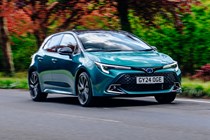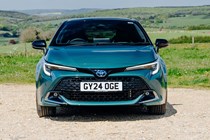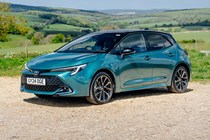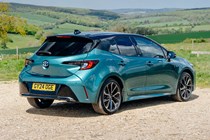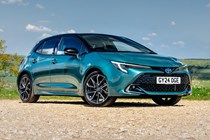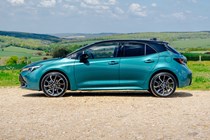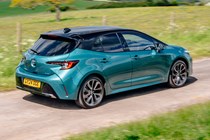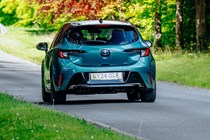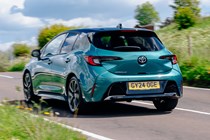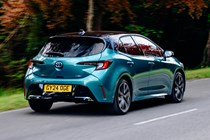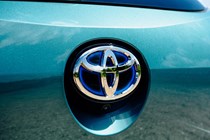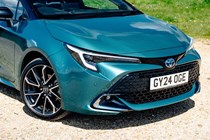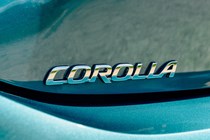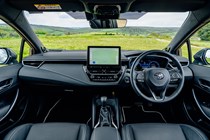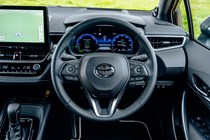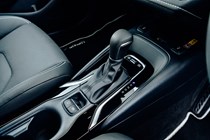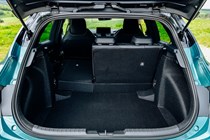
Toyota Corolla engines, drive and performance
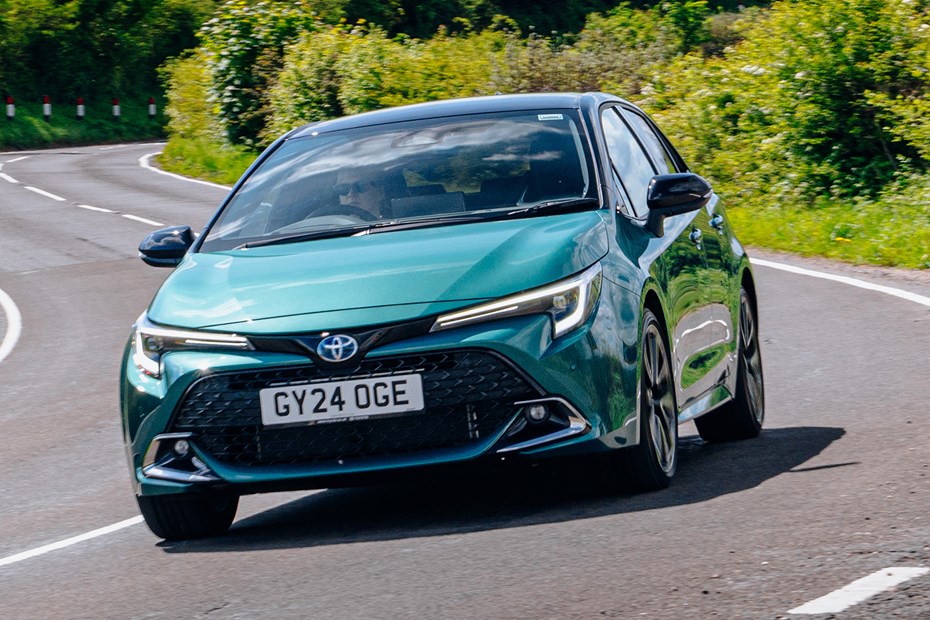
- Choice of two petrol-electric hybrid engines
- Only available with an automatic gearbox
- Not fast but highly useable
Hybrid engines
The Toyota Corolla comes with a choice of two petrol engines: a 1.8-litre and 2.0-litre, both of which are mated to a hybrid system. This is not a plug-in hybrid powertrain, though, so it obtains all of its energy from the fuel in the tank or when braking. All versions of the Corolla have front-wheel drive and use a kind of automatic gearbox called a CVT.
The 2023-onwards Corolla facelift models are fitted with a new, fifth-generation Toyota hybrid system. This is updated in every respect, featuring redesigned electric motors, more efficient control electronics, and a new lithium ion battery pack that is more powerful and compact.
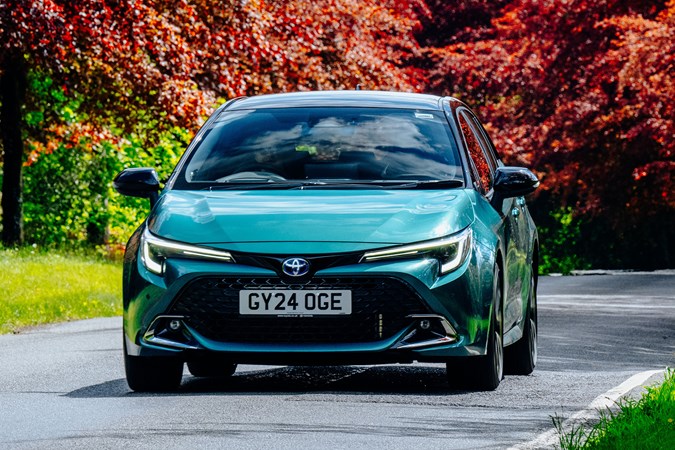
These changes result in a big boost to 140hp for the 1.8-litre model and a smaller increase to 196hp for the 2.0-litre version – dropping the 0-62mph times to 9.2 seconds and 7.5 seconds, respectively. More significantly, the driving experience is vastly improved thanks in to a substantial amount of recalibration work.
As a result the 1.8 goes from a relaxed but slightly lazy companion to something that feels considerably more muscular. It responds more quickly and naturally to your inputs, and because it has more power you get at least as much performance at lower engine revs, improving refinement and shortening your adjustment time to the Constantly Variable Transmission.
There’s another welcome upgrade that makes the 1.8-litre Corolla a much greater all-rounder than before. On our very mixed driving route taking in sections of motorway as well as town and country driving, we found the new version operated in EV mode for a remarkable 72% of the time (there’s a handy gauge to tell you), achieving an impressive 61.4mpg in the process. And that was without driving deliberately for economy.
The 2.0-litre version certainly feels more lively on the road, and those extra horses are welcome if you’re shifting around your family and their possessions on a regular basis or do lots of motorway work. In Sport mode, especially, it feels very eager, with lots in reserve for safe overtaking. But both versions suffer from a slight disconnect between the speed and the engine noise thanks to their CVTs.
What’s it like to drive?
- Prioritises comfort over sportiness
- Excellent responsiveness, especially in 2.0 form
- Refinement is improved at all speeds, too
Fair to say, the Corolla isn’t the sportiest of family hatchbacks, but it is reasonably comfortable. Even the big 18-inch wheels of the Excel and GR Sport versions don’t do too much damage to the ride, though if you want maximum cushiness definitely go for a lower-spec model – the big wheels do get fidgety on broken surfaces.
Composure over bumps in corners is good, too, as Toyota uses the same sophisticated double-wishbone rear suspension on all models – some manufacturers fit cheaper rear suspension on their less expensive family car variants. This helps keep the Corolla comfortable at motorway speeds as well, though you may find the bigger wheels noisier in this situation.
Driven at a moderate pace on twisting roads, it acquits itself well enough to keep most drivers happy – but if you really push hard, or are simply a bit clumsy, there is more bodyroll here than in the best rivals. The steering is light and little over-responsive at times and it lacks road feel, but you shouldn’t find yourself dreading cross-country routes or long distances as a chore.
The brakes are strong, and are assisted by the energy recuperation function of the electric motor. On the original cars, this combination of motor-braking and friction-braking could make the brake pedal a little difficult to modulate. The latest models are better, helped by a new iBooster system that improves feel and consistency.
The facelifted model is also more refined at speed, with less of a sense of lag between the noise from the engine and the speed you are travelling – the more powerful drive system making up for the idiosyncrasies of the CVT gearbox. Switching between the petrol engine and the electric motor is basically seamless, although unsurprisingly the car is quieter still without the petrol engine running.


